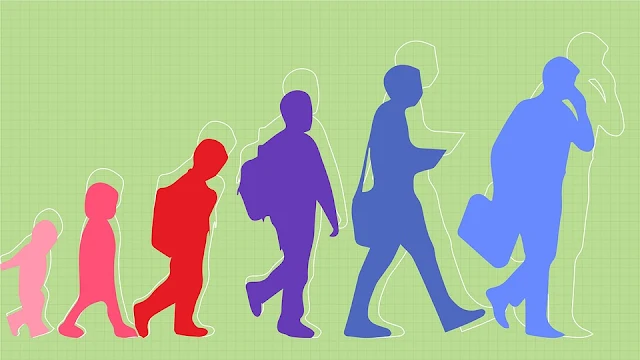Concept of Human Development:
The human development concept was developed by economist Mahbub ul Haq at the World Bank in the 1970s, and later as minister of finance in his own country, Pakistan. Human development is defined as the process of enlarging people’s freedoms and opportunities and improving their well-being. Human development is about the real freedom ordinary people have to decide who to be, what to do, and how to live.The human development approach focuses on improving the lives people lead rather than assuming that economic growth will lead, automatically, to greater opportunities for all. Income growth is an important means of development, rather than an end in itself.
It has the following aspects:
- People: Development should keep the man at the center of its concern.
- Opportunities: The concern of human development is both on enlarging human capabilities and on ensuring full utilization of these capabilities to grab opportunities.
- Choice: The goal of development is not only income but enlarging choices of all human being.
Human Development Index (HDI):
The state of the nation is often expressed through GDP (Gross Domestic Product), daily stock market results, consumer spending levels, and national debt figures. But these numbers provide only a partial view of how people are faring.The Human Development Index was developed as an alternative to simple money metrics. It is easy-to-understand numerical measure made up of what most people believe are the very basic ingredients of human well-being: health, education, and income. The first Human Development Index was presented in 1990.
HDI is a very useful means of comparing the level of development of countries. GDP per capita alone is clearly too narrow as an indicator of economic development and fails to indicate other aspects of development, such as enrollment in school and longevity. HDI is a broader and more encompassing indicator of development than GDP, though GDP still provides one-third of the index.
HDI has a scale from 0 (no development) to 1 (complete development), where;
- An index of 0 – 0.49 means low development - for example, Nigeria was 0.42 in 2010.
- An index of 0.5 – 0.69 means medium development – for example, Indonesia was 0.6
- An index of 0.7 to 0.79 means high development – for example, Romania was 0.76
- Above 0.8 means very high development – Finland was 0.87 in 2010.
Components of HDI:
- A long and healthy life: Life expectancy at birth.
- Education index: Mean years of schooling and Expected years of schooling.
- A decent standard of living: GNI per capita (PPP US$)


0 Comments
If this article has helped you, please leave a comment.